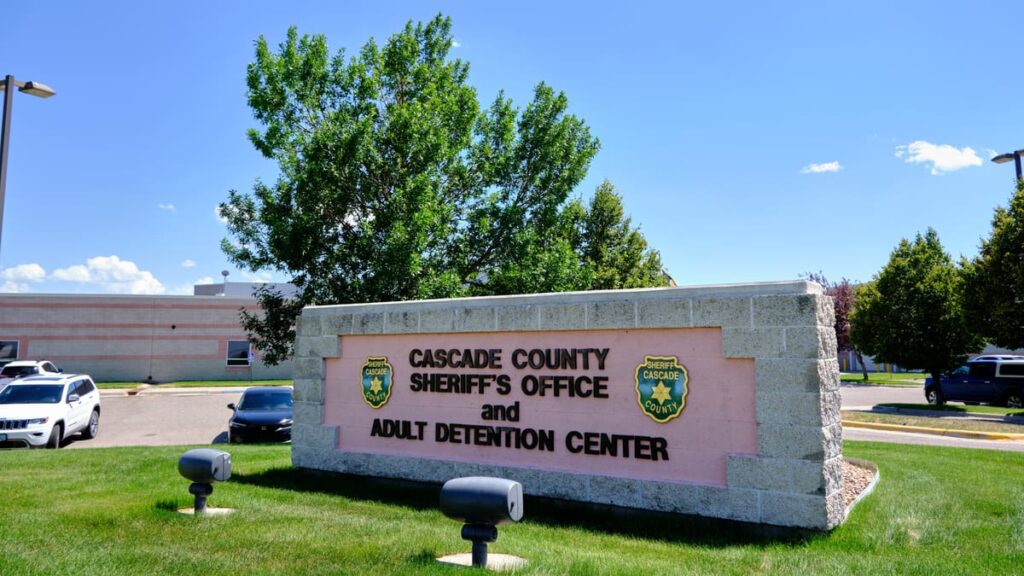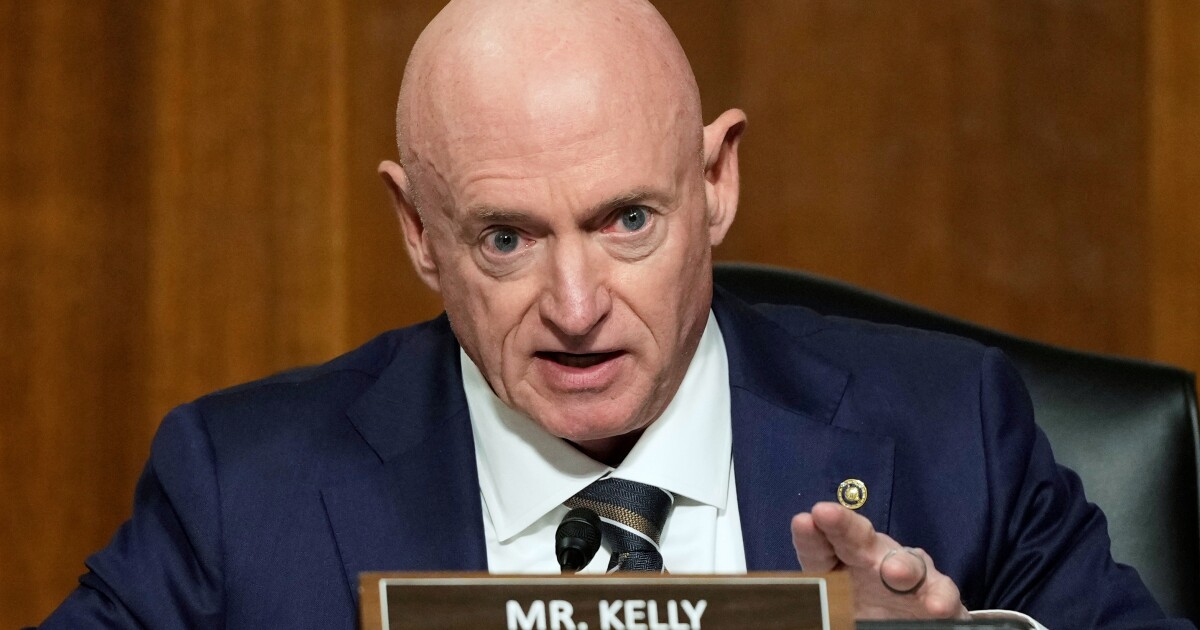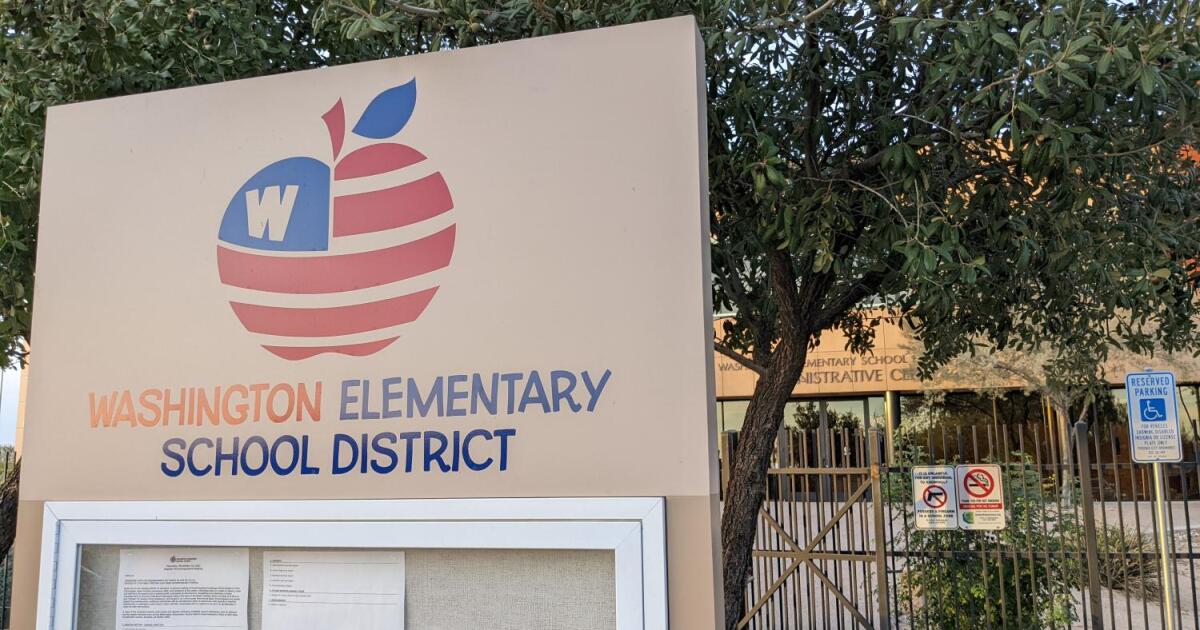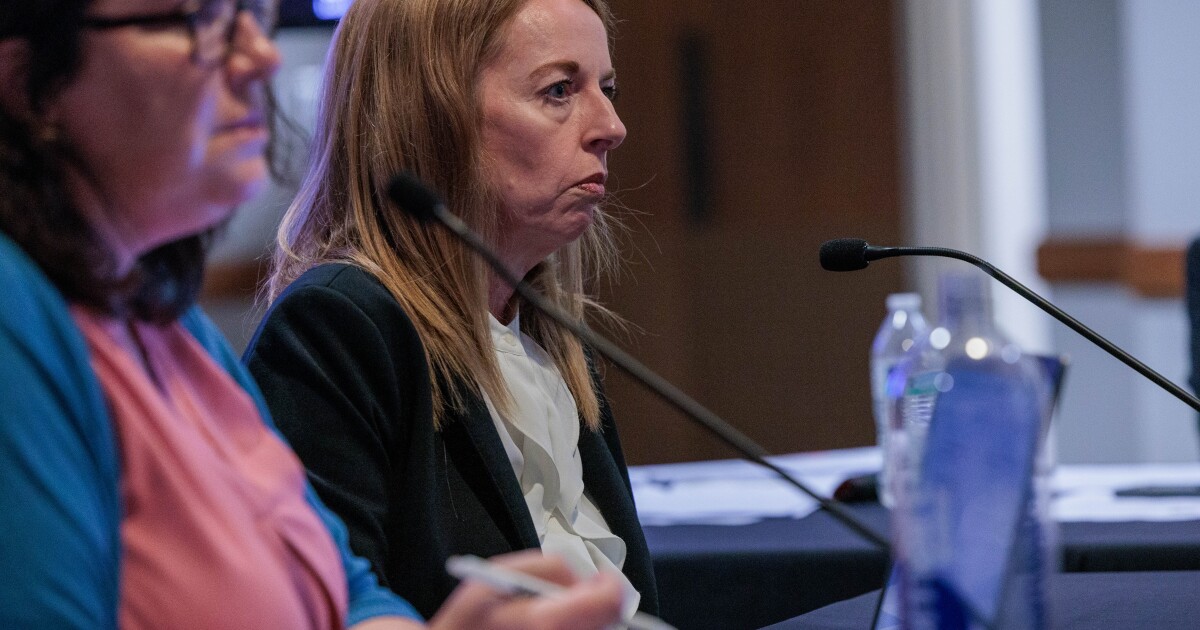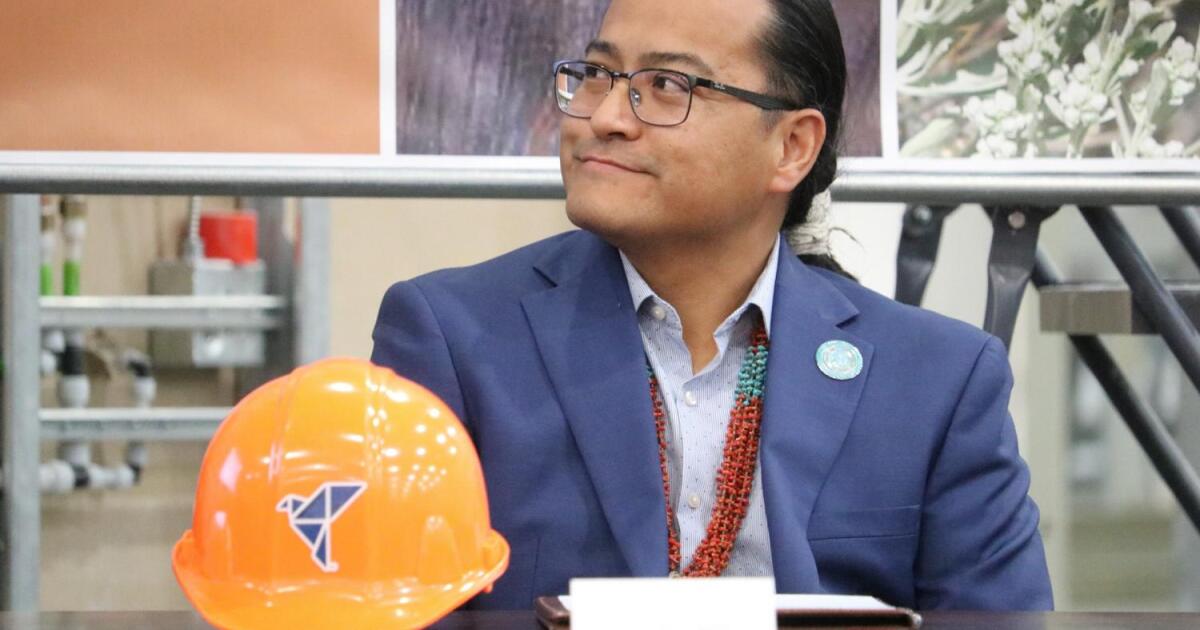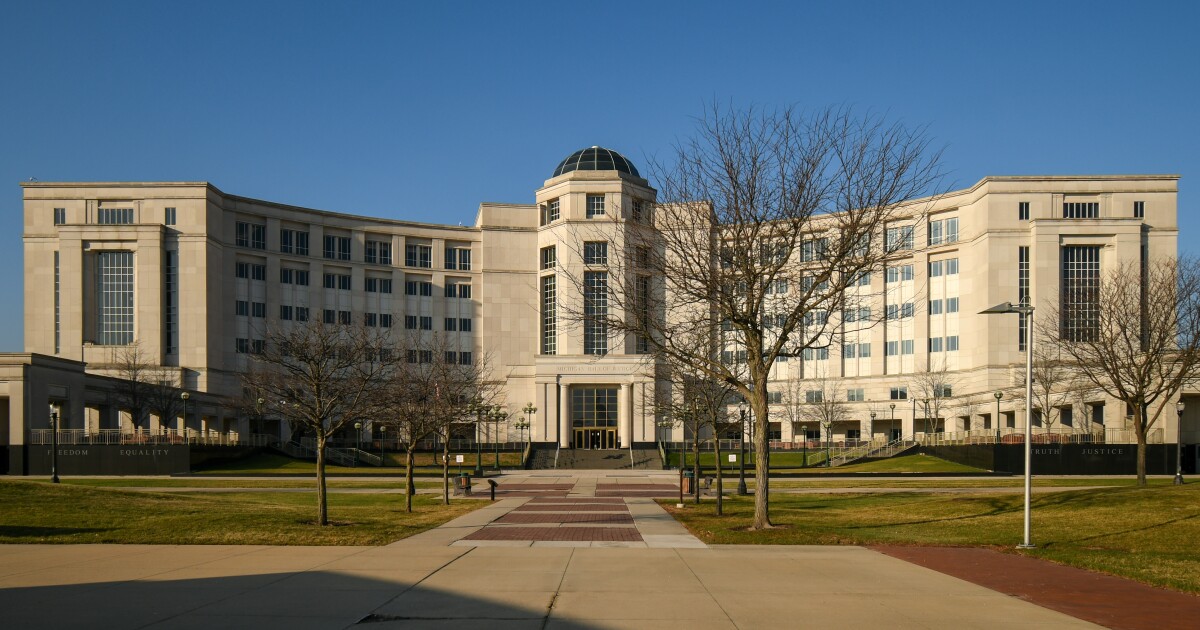The Cascade County Detention Center had a population of 415 on the morning of Oct. 1. The jail’s capacity, built 25 years ago, is 372.
Overcrowding is a persistent issue. A 2018 riot occurred after the population exceeded 500, prompting former Sheriff Bob Edwards to halt non-felony admissions temporarily.
Sheriff Jesse Slaughter addressed overcrowding in a 2020 Facebook Live video. He discussed balancing keeping offenders off the streets, minimizing overcrowding, honoring jurisdictional agreements, and meeting the budget.
He reiterated these points this week on Facebook, stating the financial unsustainability of the current situation. Slaughter is leading a social media campaign, offering budget insights and advocating for more resources.
“The challenge I’m up against is raising people’s taxes or levying more money is not an option,” Slaughter said. “We have to come up with a solution that fully funds our jail and meets our upcoming challenge with projects like the Sentinel project, which will increase our population.”
The Sentinel project is a significant Department of Defense upgrade expected to bring more workers to Great Falls over the next decade.
Cascade County public safety departments are finalizing two programs to help relieve the jail of low-level felony offenders and those needing mental health services.
Slaughter reported $12 million in jail expenses last fiscal year, with $7.9 million in revenue, mostly from the federal government paying Cascade County to hold federal inmates. This left $4.1 million covered by local property taxes.
Slaughter says costs are rising in areas like nursing, medicine, food, and newly negotiated union contracts. To minimize taxpayer burden, he feels pressure to fill “revenue beds” by taking inmates from outside jurisdictions. Currently, most contract inmates are federal cases.
Three years ago, Cascade County ended a deal with the Montana Department of Corrections to hold state inmates, replacing many spots with federal inmates reimbursed by the U.S. Marshals Service.
“Federal inmates, we’re not guaranteed any certain amount,” Slaughter said. “The numbers kind of come and go. They generally don’t drop below 100.”
However, a few dozen federal inmates will move to a Missoula facility, easing population but reducing revenue.
The first program aims to divert low-level felony offenders through pre-trial services, keeping eligible individuals out of jail while awaiting trial. Funded by a 2022 voter-approved levy estimated at $400,000, this program will start this fall, involving Compliance Monitoring Services for equipment and a county liaison.
Cascade County Attorney Josh Racki explained that the program, planned since 2020, lacked initial funding. The levy provided startup capital.
Eligibility involves screening through a scoring system used by the Montana Supreme Court to assess the likelihood of maintaining court obligations.
District court judges will use this scoring system, with the county covering monitoring costs, which can be $10 to $15 daily. However, the scoring metric doesn’t account for victim rights, said Racki.
“The problem with the PSA from a prosecutor’s standpoint is it leans heavily on whether they’ll show up for trial,” Racki said. “But it also doesn’t take into account their victimization of a person.”
Despite this, certain crimes like homicide and sexual offenses, automatically disqualify participants. Partner family member assault cases require increased monitoring.
“Our goal is to not put dangerous offenders out on the street,” Slaughter said. “Public safety is our top priority, but many offenders don’t belong in jail.”
Slaughter also highlighted that those suffering from mental health issues don’t always belong in jail. He addressed this in July following the suicides of three inmates in two weeks.
Last year, the county settled a wrongful death lawsuit for $550,000 related to a jail suicide. A separate federal lawsuit regarding a 2022 jail suicide is set for a settlement conference in November.
According to Slaughter, jail staff aren’t equipped for comprehensive mental health care, and transferring patients to Montana State Hospital in Warm Springs is challenging.
“We’ve become Warm Springs for Montana,” Slaughter said. “Mentally ill individuals are suffering in our community.”
“Our goal is to not put dangerous offenders out on the street. You still have to make public safety our top priority, but we have a lot of offenders who don’t belong in jail.”
Cascade County Sheriff Jesse Slaughter
Cascade County had previously implemented a Mobile Response Team, deploying mental health professionals to certain calls. The Great Falls Police Chief Jeff Newton called it “very successful,” but the program ended last year when Alluvion Health ceased participation due to staffing issues.
“We had to return the grant money because we didn’t have a local provider that would partner with us,” Newton said.
Slaughter’s office is working with the state on a mental health diversion grant to potentially restart the program. He’s also exploring funding for a “crisis bed” at the jail for better mental health care.
The county has been awarded $1.5 million of the requested $3 million in state grant funds, with the remaining balance pending. Once fully awarded, stakeholders will determine fund allocation.
If successful, these programs could ease overcrowding but won’t fully bridge the funding gap. Increasing revenue beds risks further capacity issues. Slaughter aims to balance the revenue and overcrowding problems.
“There are solutions to these problems,” he said. “But we need to educate the public about our challenges so solutions don’t fall on deaf ears.”
—
Read More Montana News

